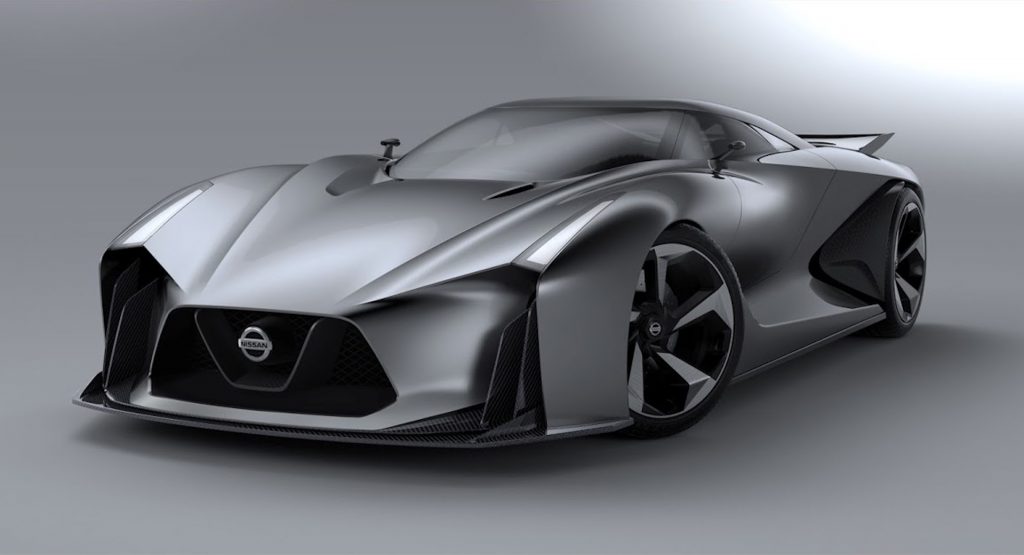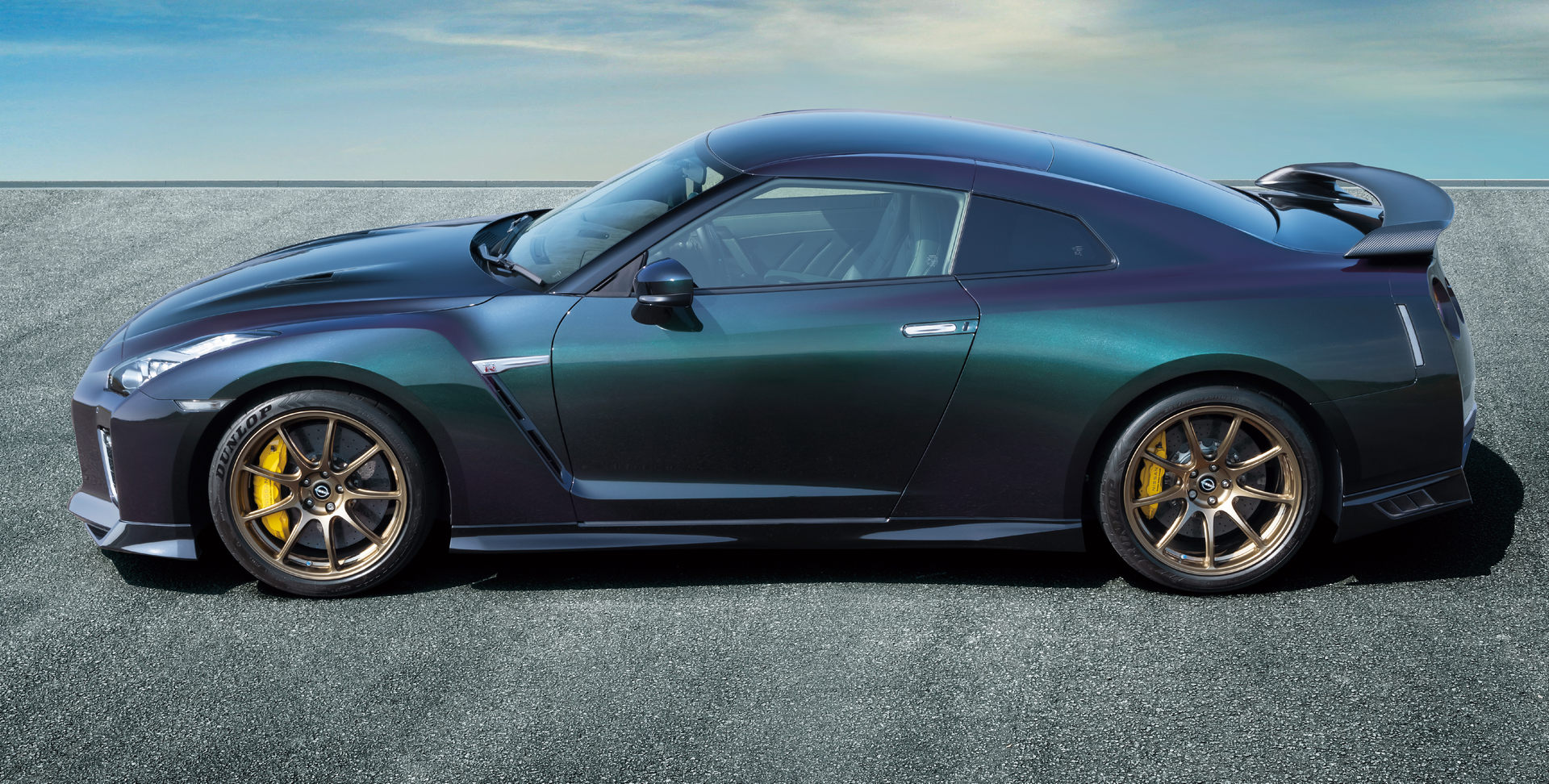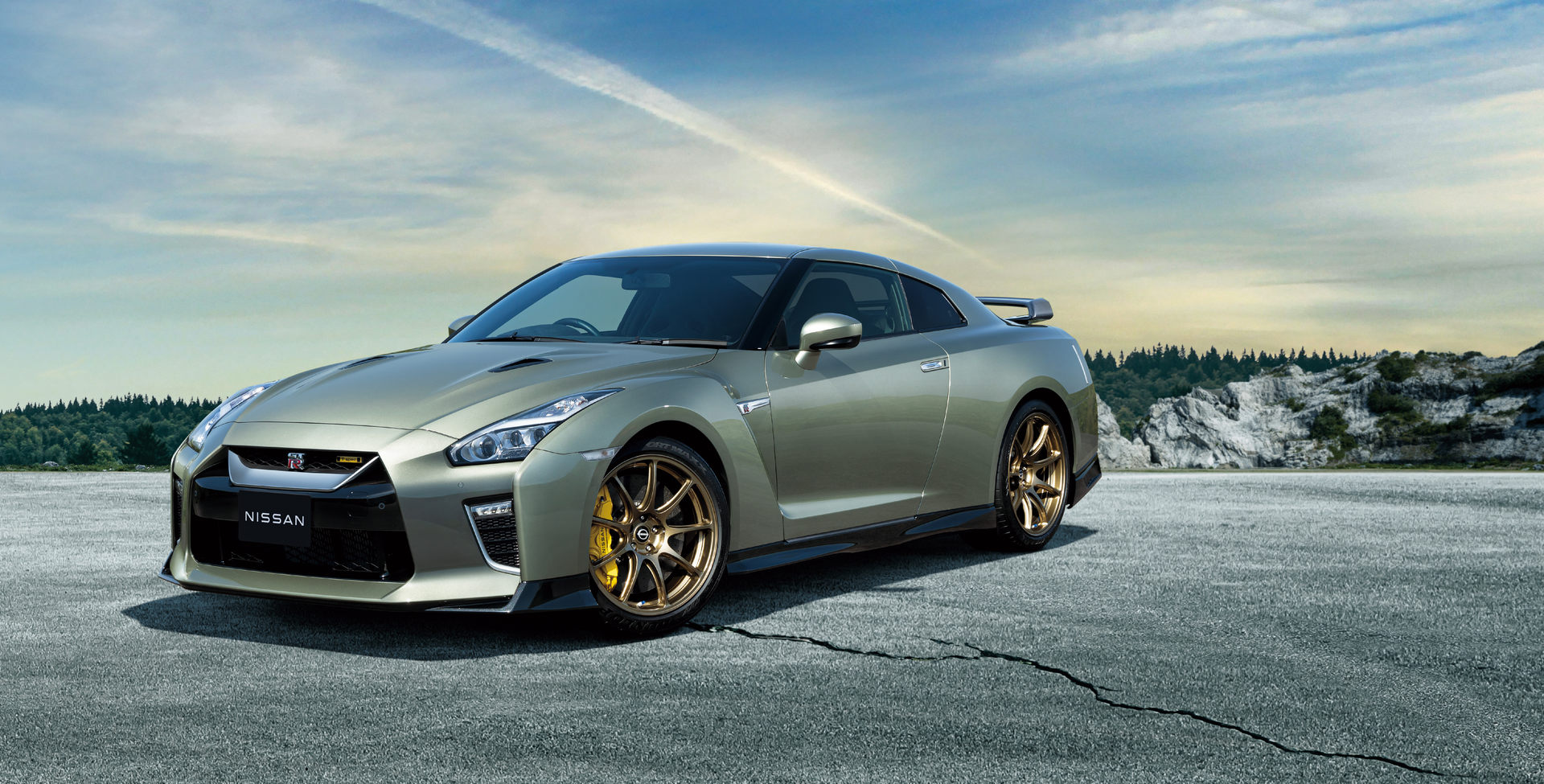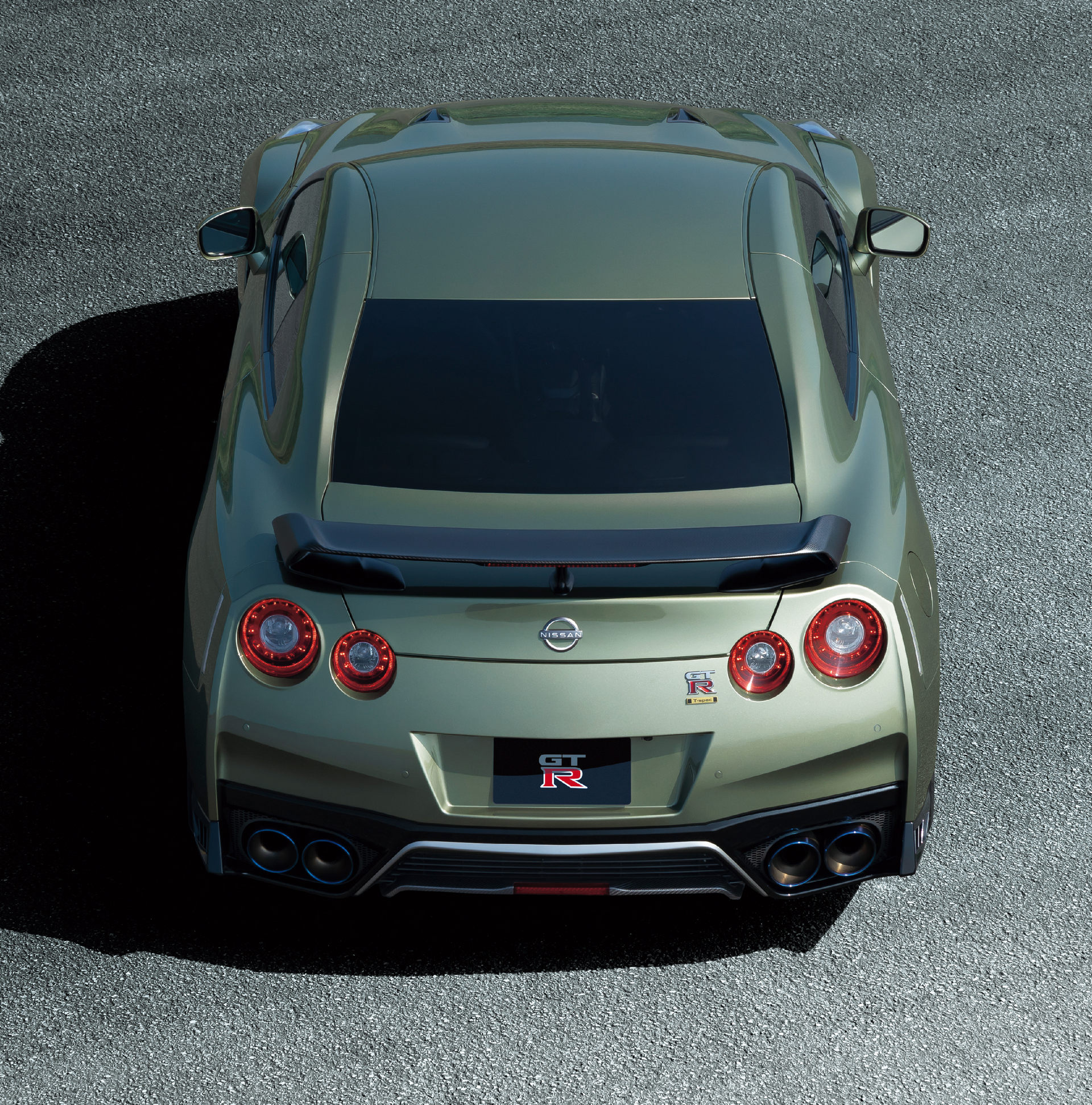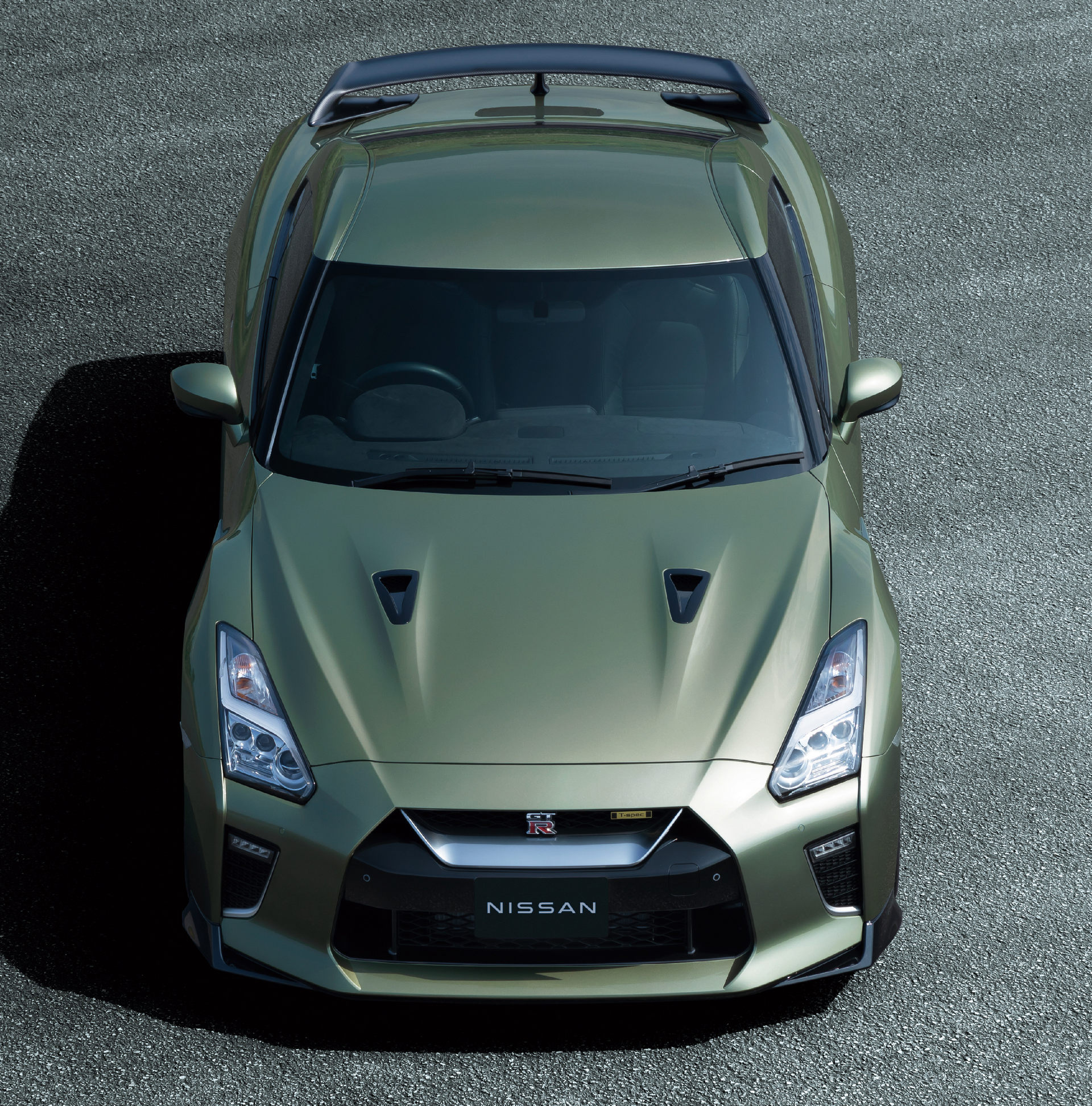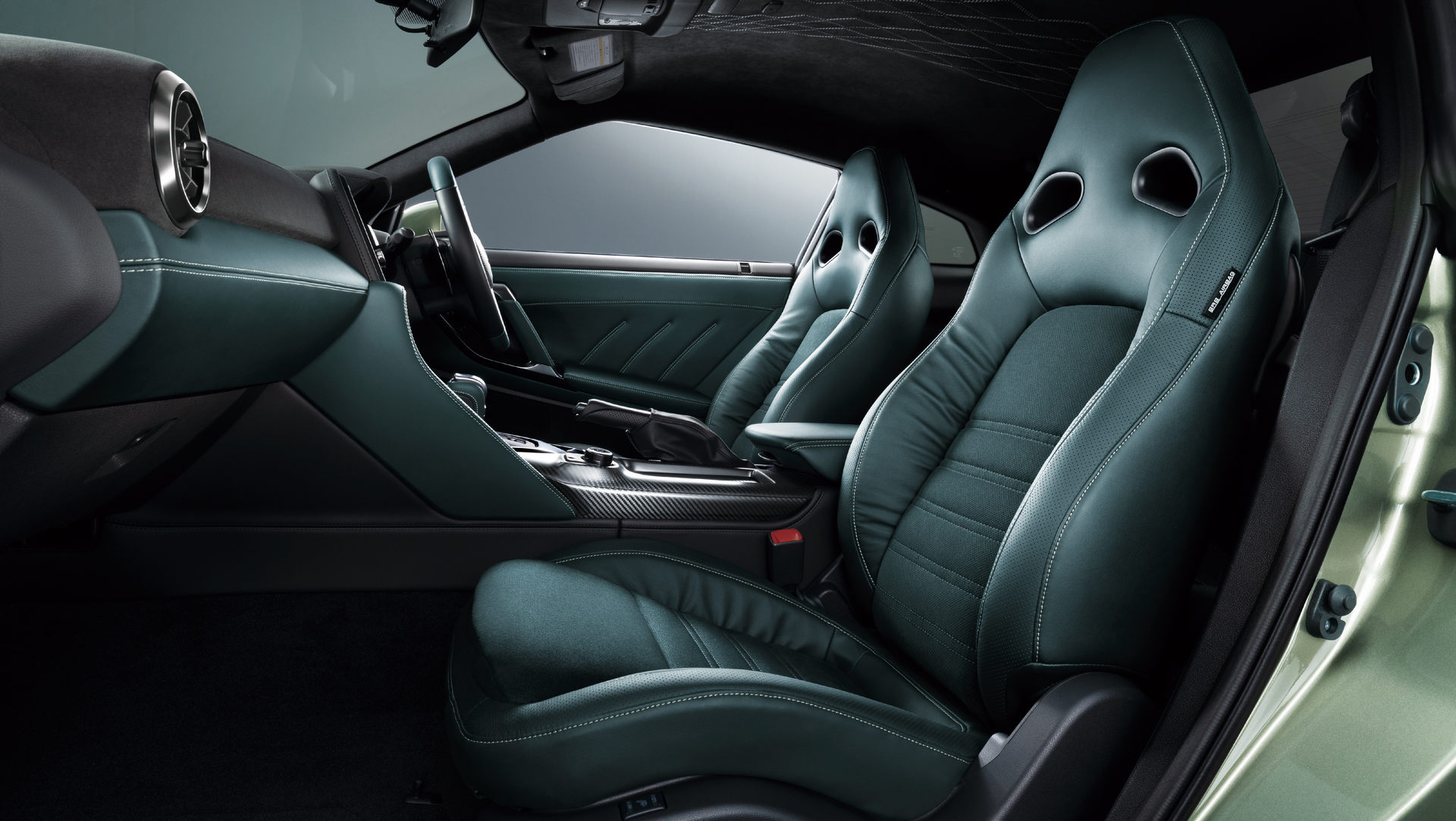Clint Eastwood’s latest movie, Cry Macho, opened in theaters last week. Despite celebrating his 91st birthday in May and being about as spritely as a tortoise in leg irons, Eastwood not only directs, but stars in the tale about a retired rodeo star hired to reunite a teenage boy with his father.
Meanwhile, last week here in the car world, Nissan took the wraps off its ‘new’ GT-R, which turned out to be basically the same one it launched in 2007, back when iPhones didn’t yet have 3G and Tik Tok was the name of the clock-chomping crocodile in Peter Pan. Eastwood drives a truck in Cry Macho, but maybe a GT-R would have been more fitting.
The GT-R’s straight-line pace and ability to humble Porsche’s mighty 911 Turbo around the Nürburgring for a fraction of the price rightly earned it hero status in the car community in the late 2000s. And don’t get us wrong, the GT-R is still a hero, partially thanks to Nissan’s continual evolution and improvement of the model, as well as the addition of extreme versions like the Nismo and limited-run GTR-50.
But the cracks have been showing for a while, and not just in Australia, where the GT-R is being axed because it doesn’t meet the new crash regulations. Power has increased from 480 hp in the early cars to as much as 600 in some of the latest GT-Rs, but the price has grown, too, and there are plenty of other cars that can get to 60mph in under 4 seconds for far less outlay. Many of them also have usable rear seats, a modern interior and a transmission that doesn’t make farm machinery sound refined.
Related: 2022 Nissan GT-R Unveiled In Japan, “T-spec” Edition Coming To US Priced At $138,490
A recent study claimed the GT-R was still the most talked about car on social media, but that doesn’t mean it’s not begging for a clean-sheet reboot. But what form should that rebooted car take? It’s a tricky time to launch a new car. We’re in the strange hinterland between old ICE machines and the incoming EV cars that are the future. The current GT-R has lasted 14 years, but 14 years from now ICE cars will be ineligible for sale in many countries.
So should Nissan create one last incredible pure ICE model, or should it adopt hybrid technology to help see it through the awkward transition period towards full electrification? The current GT-R is a lardass, so Nissan won’t be sweating about adding a few pounds of hybrid ballast. But would you accept a four-cylinder GT-R if it still made V6 power?
Maybe, given that technological innovation has been part of the GT-R’s DNA ever since it was resurrected in 1989 as the R32, Nissan should look confidently forward and create a pure EV GT-R. Or, and we don’t like the sound of this one, should Nissan retire the badge altogether?
Recent news from Japan suggested the 2023 R36 GT-R could be closely related to the current car. Would that be a mistake? Leave us a comment and let us know what you think Nissan should do. In the meantime, the R35 GT-R, like Eastwood, soldiers on.




